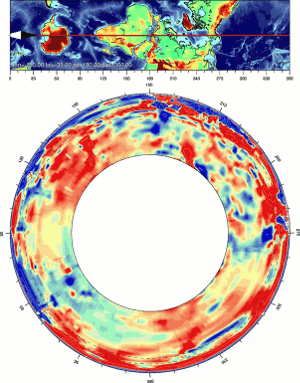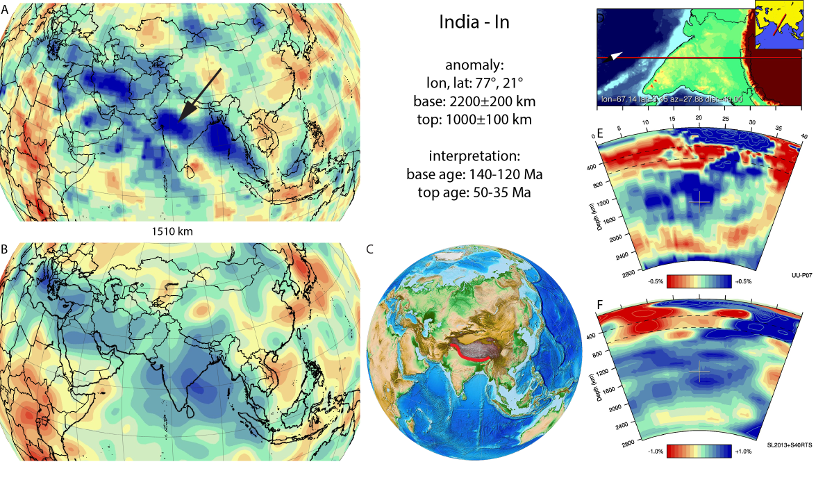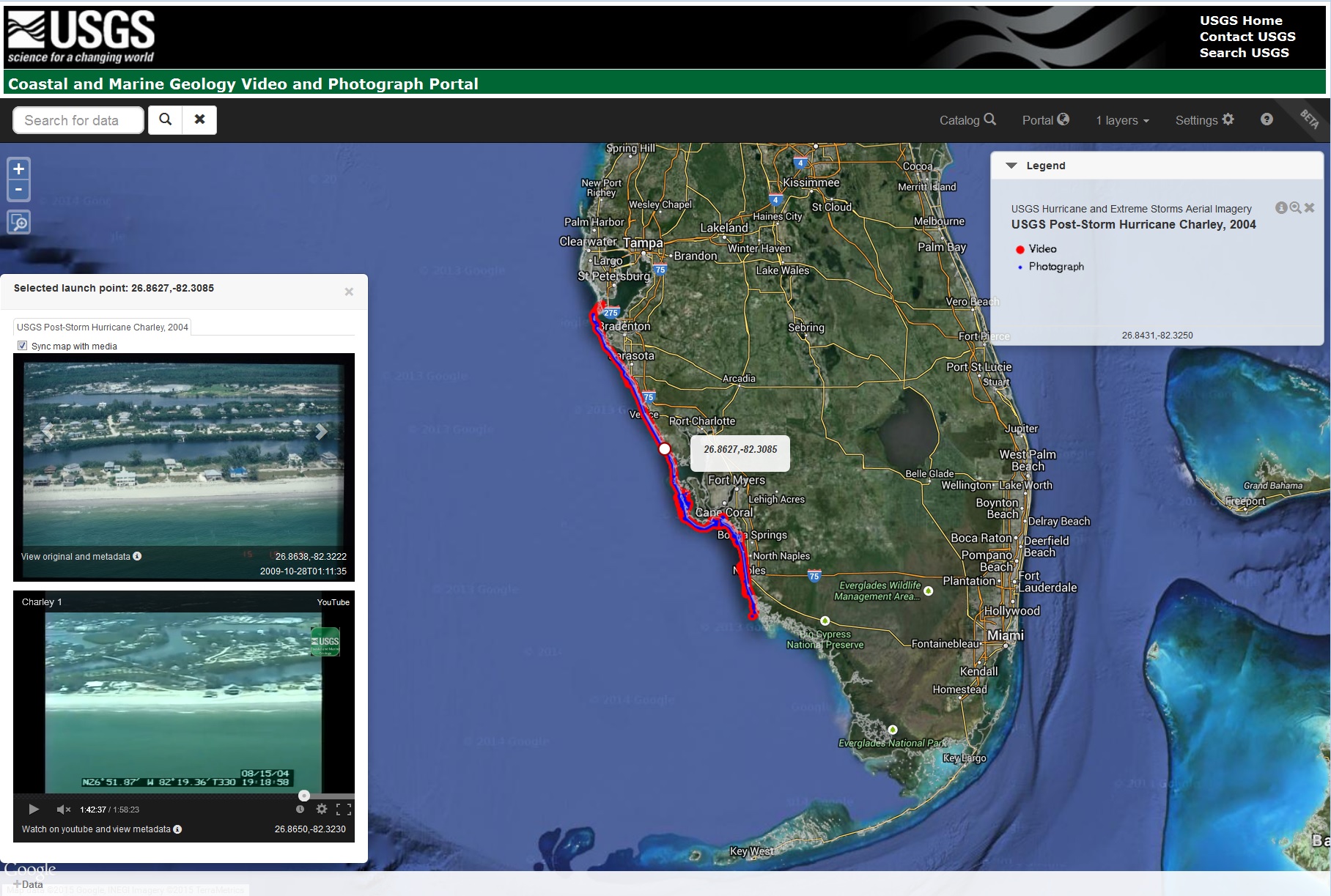
The Atlas of the underworld is the first complete map of Earth’s mantle and its evolution
Plate tectonics is a fascinating concept – it’s amazing to see how our planet has changed over the course of millions of years all due to movement of the tectonic plates at the rate of a few centimetres each year. Mountains arise where none existed, Continents drift apart, and Volcanoes are created all because the plates move few centimetres each year!

The Atlas of the underworld is the first complete map of Earth’s mantle and the evolution of the tectonic plates over the last 300 million years. The Atlas is the result of a 17-year effort by a team of researchers from the Utrecht University, who published their research in the journal Tectonophysics.
Mapping the Earth’s Underworld
“Now we can trace not only how plates move over the surface, but how they sink to the core-mantle boundary,” That’s the cool thing for me—we can learn about the physics inside the Earth. You may think that plates that sink deep into the mantle just melt—but in fact, they stick around for a long time and can sink as deep as 3,000 kilometers [1,860 miles]” – Douwe van Hinsbergen from the University of Utrecht in the Netherlands to Gizmodo.
Scientists mapped the earth’s underworld into various tectonic slabs using seismic tomography. Thankfully, all the data behind “Atlas of the underworld” is openly accessible, and in the portal, researchers have categorised images of the tectonic slabs according to their name, age, depth and location. If you are interested in viewing the different tectonic plates by location – here’s the link to the map.









